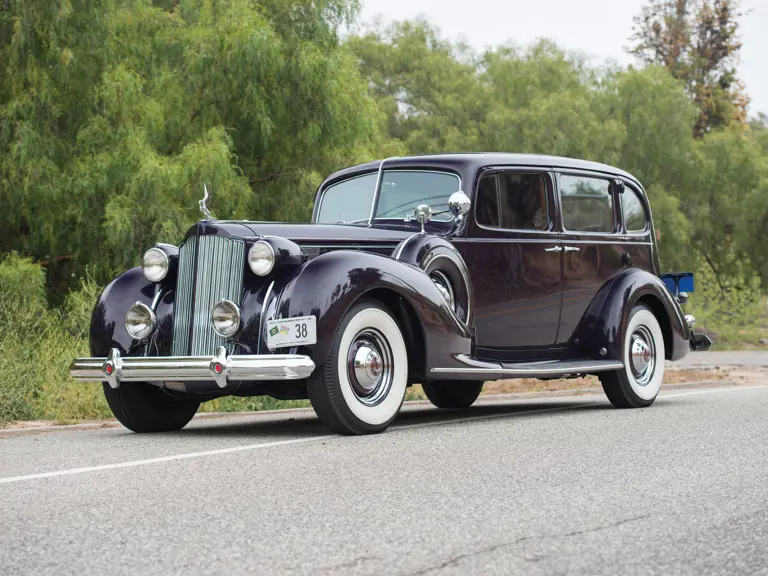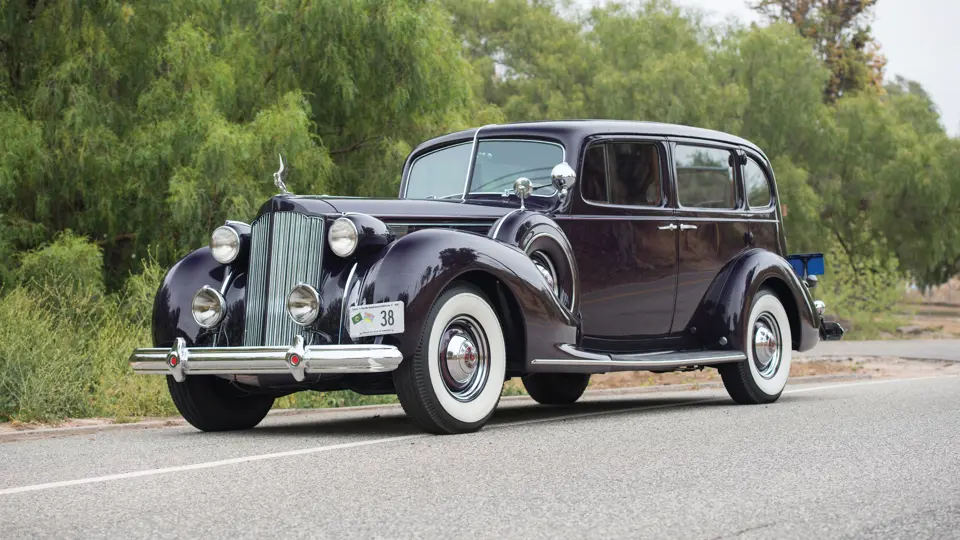The Packard Twelve of the 1930s was the company’s second series of V-12 engines. The first, called the Twin Six, entered production in 1916 and was built in quantities of 4,000 or so annually until the post-WWI depression reduced demand to uneconomical levels. Production of the Twin Six ended in 1923. Escalating multi-cylinder offerings from Cadillac, Lincoln and other luxury marques again induced Packard to introduce a V-12 in 1932. Called the Twin Six at introduction, its nomenclature was simplified in 1933 to Twelve.
Packard’s Twelves were exclusive and expensive motorcars whether fitted with catalog or custom bodies. Although it shared many chassis features with the Super Eight, each Twelve was essentially custom-built and their engines were refined, powerful and smooth-running. A 1/4-inch longer stroke in 1935 brought displacement to 473 cubic inches. Along with aluminum cylinder heads this increased the Twelve’s power to an advertised 175 horsepower. The Twelves, even with elaborate and heavy coachwork, were strong performers, suggesting more than a little conservatism on Packard’s part in describing the engine’s power.
The example offered here is an outstanding automobile from Packard’s Sixteenth Series. Finished in a rich color combination, this Packard Sedan has an attached “bustleback” type trunk with a trunk rack, dual-sidemounted spares with color-keyed covers and pedestal mirrors, driver’s side hand-controlled spotlight, driving lights, skirted fenders, beautifully vee-d radiator shell with mascot, bullet-shaped lights, color-keyed steel wheels and whitewall tires. The cloth interior is also gorgeous in its appointments that include wood trim elements, a banjo-type steering wheel, cabin heater/defroster, turn signals, a sofa-like back seat, hand-holds and retractable rear curtains.
Most collectors agree that these late Twelves are by far the smoothest-driving Packards, in part because they utilize fully independent front suspension and hydraulic brakes.



 | Santa Monica, California
| Santa Monica, California


